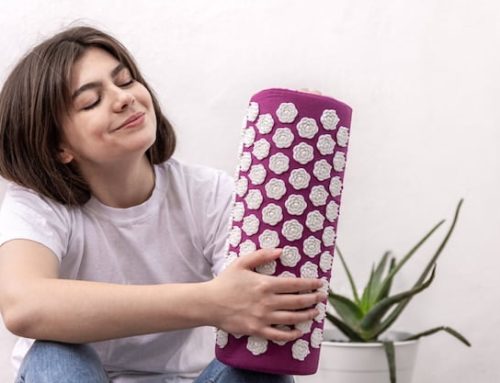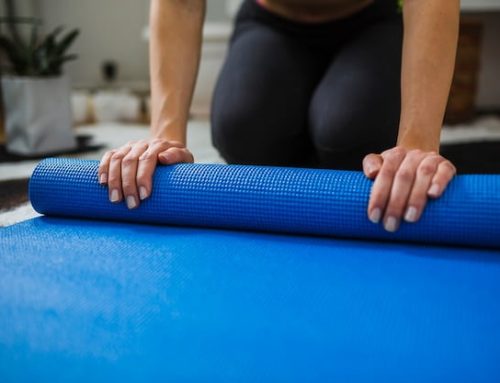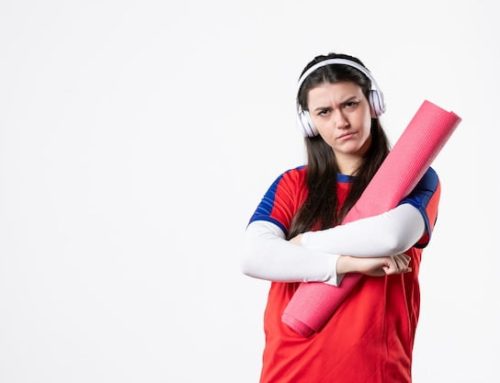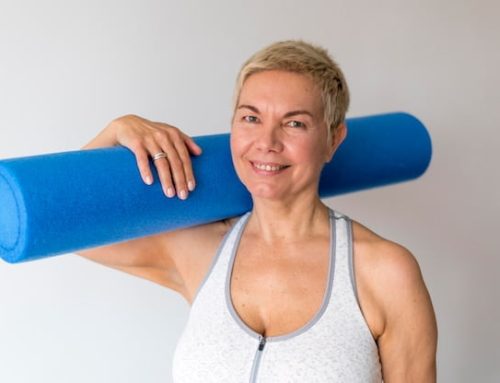What burns the most calories?
The exercises that burn the most calories are usually performed by people who are concerned about weight loss. Here are some suggestions for the exercises that have the highest intensity and, therefore, that burn the most calories.
1. kettlebell
Kettlebell training is a type of workout that burns as many as 20 calories in one minute. However, it is important to remember that this is not likely to be a workout for beginners and that it is quite a strain on the body.
2. skipping
This seemingly trivial activity is a great way to burn a lot of calories. When skipping, you burn around 13 calories per minute, plus you work on coordination and balance.
3. burpees
You have to admit that this is one of the most demanding exercises, however, it is a very good way to burn a lot of calories. One properly performed burpee is equivalent to burning around 2 calories. This exercise requires quite a good level of fitness, but it is worth motivating yourself to do it because doing it regularly guarantees weight loss.
4. rowing ergometer
This exercise engages the largest muscle parts, i.e. arms, legs and back. It guarantees the burning of a large number of calories, provided the intensity of the training is high.
5 Tabata
A workout during which you can burn a large number of calories is Tabata. It is a fast interval training. It is estimated that one minute of tabata equals 14 calories burned. The workout consists of performing a given exercise intensively for a few tens of seconds, depending on your ability and fitness, followed by a break of a few seconds.
6. sprinting up hills or stairs
Running is a very good form of calorie burning. If you add running up or down stairs, the intensity of the workout and therefore the calorie burn will be even greater.
The benefits of foam rolling
Foam rolling is a popular technique used to reduce muscle tension and soreness. It is a form of self-myofascial release (SMR) that involves the use of a foam roller to apply pressure to targeted muscle groups. This practice has numerous benefits, including improved flexibility, increased blood flow, and reduced risk of injury.
How does foam rolling work?
Foam rolling works by stretching and breaking up the adhesions in the fascia, the connective tissue that surrounds the muscles. The pressure applied by the foam roller helps to release tension and knots in the muscles, improving their range of motion and reducing pain.
The benefits of foam rolling before exercise
Foam rolling before exercise can help warm up the muscles and prepare them for the workout ahead. It can also help to reduce the risk of injury by increasing joint flexibility and range of motion. Foam rolling before exercise has also been shown to improve athletic performance and increase power output.
The benefits of foam rolling after exercise
Foam rolling after exercise can help to speed up recovery time by increasing blood flow to the muscles and reducing muscle soreness. It can also help to prevent the buildup of lactic acid, which can cause muscle fatigue and soreness.
How to foam roll
To foam roll effectively, start by selecting a foam roller that is appropriate for your needs. They come in different sizes and densities, so it’s important to choose one that is comfortable and effective for your body.
Next, find a flat surface and position the foam roller under the muscle group you want to target. Use your body weight to apply pressure to the foam roller and slowly roll back and forth over the targeted area, focusing on any areas of tension or soreness.
Best foam rolling exercises
Foam rolling can be used to target a variety of muscle groups, including the back, legs, and arms. Some of the best foam rolling exercises include:
| Exercise | Muscle Group |
|---|---|
| Upper Back Roll | Upper back |
| Quad Roll | Quadriceps |
| IT Band Roll | IT Band |
| Hamstring Roll | Hamstrings |
| Calf Roll | Calves |
| Glute Roll | Glutes |
Foam rolling and weight loss
While foam rolling is not a weight loss solution in and of itself, it can be a helpful tool for those looking to lose weight. Foam rolling can help to reduce muscle tension and soreness, making it easier to be active and stay on track with your fitness goals.
Additionally, foam rolling can help to improve flexibility and range of motion, making it easier to perform exercises correctly and efficiently. This can lead to increased calorie burn and improved weight loss results.
Conclusion
Foam rolling is a valuable practice that can improve flexibility, reduce muscle soreness, and prevent injury. Whether you are an athlete or just someone looking to improve their overall fitness, foam rolling can be a helpful addition to your routine. By incorporating foam rolling before and after exercise, you can warm up your muscles, speed up recovery, and improve your overall athletic performance.






